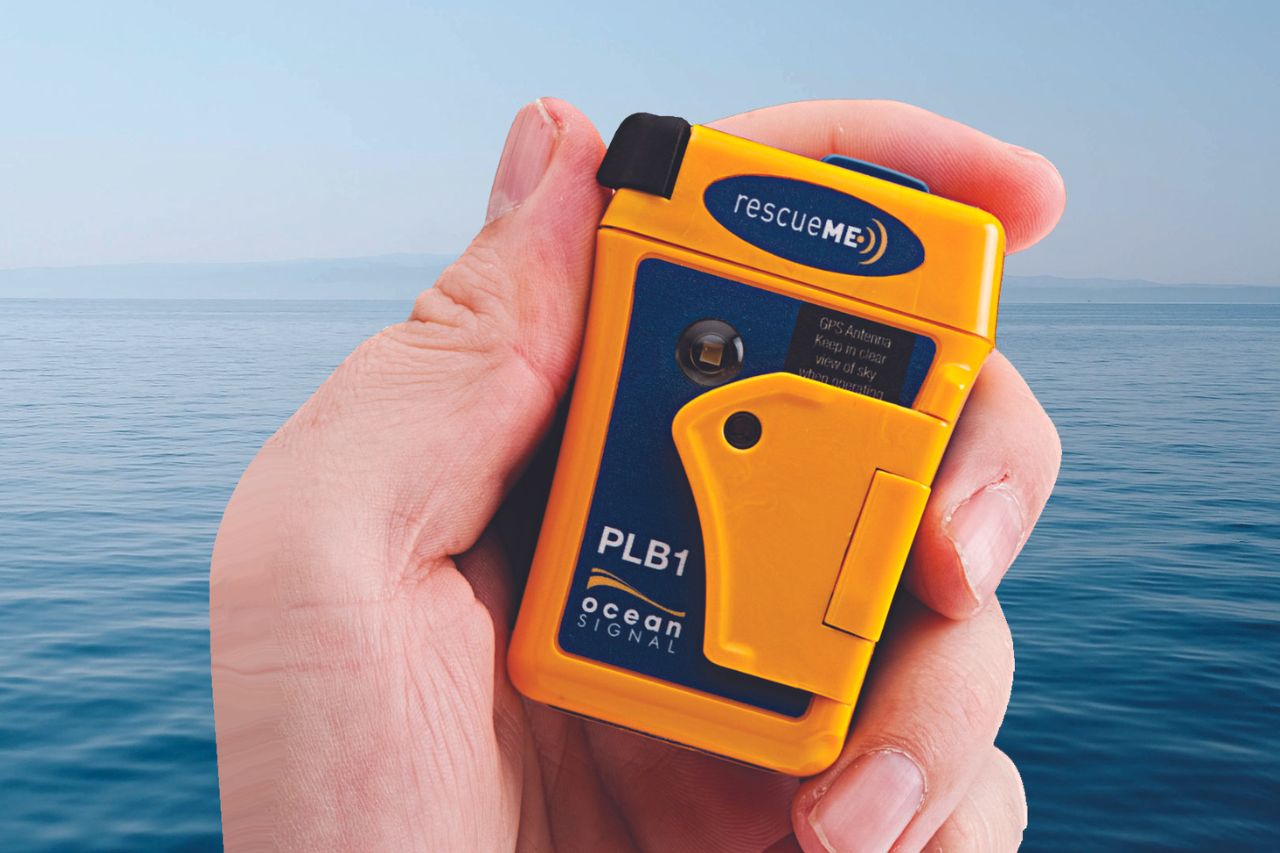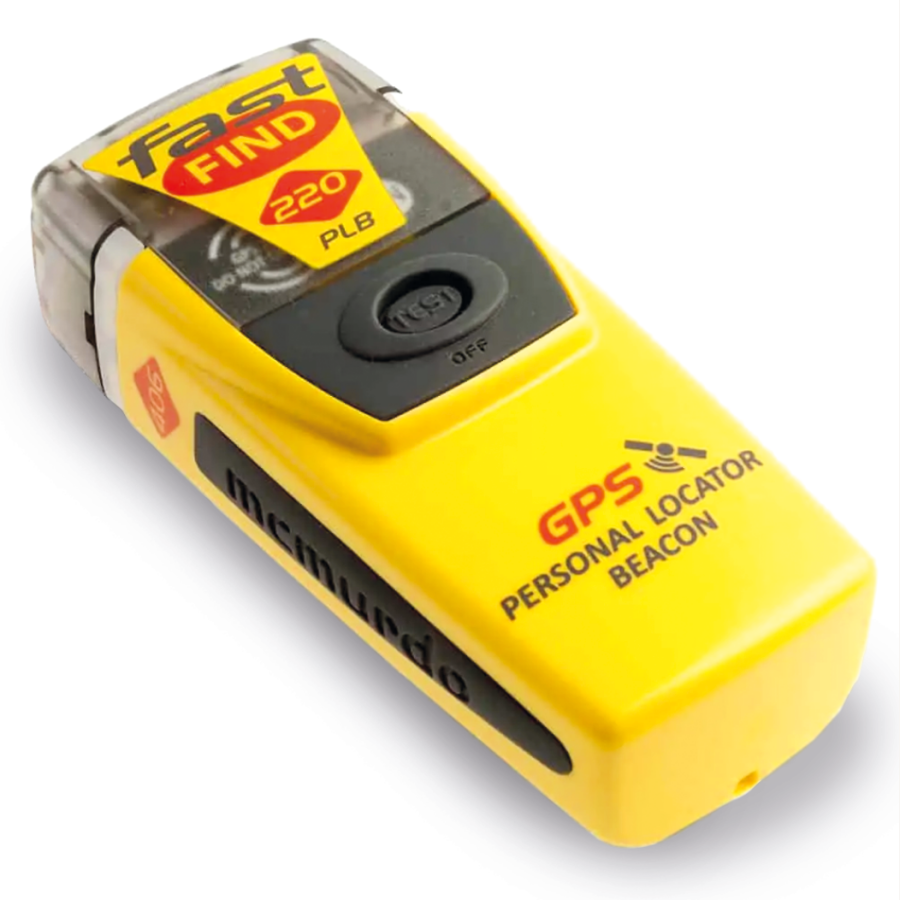As mentioned above, a plb is just one type of location transmitting
device
that is often used for safety on land, water, and air. It's important that you understand your state or territory's regulations as well as the differences between each safety device.
 An epirb's main use is for maritime though can be carried on land and in air. They are required for any watercraft that travels more than 2 nautical miles from the coast while a plb is registered to a person (rather than a watercraft) and is smaller and easier to transport though may not meet carriage requirements for maritime vessels.
An epirb's main use is for maritime though can be carried on land and in air. They are required for any watercraft that travels more than 2 nautical miles from the coast while a plb is registered to a person (rather than a watercraft) and is smaller and easier to transport though may not meet carriage requirements for maritime vessels.
Gme pty ltd gme is one of australia’s largest manufacturers and wholesalers of quality radio communications products with a network of authorised dealers and service agents around the globe. Acknowledgement to country gme acknowledges aboriginal and torres strait islander peoples as the traditional custodians of the lands on which we live and work across australia. We pay our respect to first nations elders past, present and emerging. Stay up to date with gme stay up to date with the latest news, offers and promotions.
By stephen pope november 20, 2013 one of the universal attractions of flying is the personal freedom it gives us to get out and explore the world. Whether we’re headed to a favorite camping spot deep in the woods of maine, want to bask on an island in the turquoise-blue waters of the caribbean or are planning an adventure somewhere in the snow-covered mountains of idaho, a light airplane can take us places other travelers can only imagine. But planning a flight far from the bustle of civilization poses additional risks, even for the most experienced of outdoor explorers. Steve fossett is a prime example.
Small yet resilient the resqlink view has been professionally engineered and tested to ensure it can withstand even the harshest elements. This buoyant personal locator beacon requires no subscription for use and includes a digital display providing live status and gps coordinates. Whether on land, at sea, or in the air, trust that the resqlink’s satellite precision and military durability, puts rescue in the palm of your hands. Advanced features with three levels of integrated signal technology – gps positioning, a powerful 406 mhz signal, and 121. 5 mhz homing capability – the resqlink view quickly and accurately relays your position to a worldwide network of search and rescue satellites.
For use on water
Not all plbs are created equal as different systems cover australia and its surrounding waters. The most comprehensive satellite networks are the cospas / sarsat that are only used for emergencies world-wide and cover almost the entire globe. The globestar system is a us-based satellite network that is used more for satellite phones and commercial use and does not have the same coverage as the cospas / sarsat networks. Other considerations are if your plb connects to mobile phone networks or even wifi. If you have a device that is capable of messaging then this would be a big consideration, if not then it’s more about which satellite system provides you with.

Choose registration country in the comments the fast find 220 is small and light enough for you to carry on your person at all times. Using advanced technology, the fast find 220 transmits a unique id and your current gps co-ordinates via the cospas-sarsat global search and rescue satellite network, alerting the rescue services within minutes. Once within the area, the search and rescue services can quickly home in on your location using the unit’s 121. 5mhz homing beacon and flashing led sos light. The compact fast find 220 is quick and easy to activate, with a safe stow antenna which automatically deploys when the unit is activated.
For use on an aircraft
Radio-frequency beacon used to locate airplanes, vessels, and persons in distress an emergency locator beacon is a radio beacon , a portable battery powered radio transmitter , used to locate airplanes, vessels, and persons in distress and in need of immediate rescue. Various types of emergency locator beacons are carried by aircraft, ships, vehicles, hikers and cross-country skiers. In case of an emergency, such as the aircraft crashing, the ship sinking, or a hiker becoming lost, the transmitter is deployed and begins to transmit a continuous radio signal, which is used by search and rescue teams to quickly find the emergency and render aid.
Definition of plb: abbreviation plb comes from the words personal locator beacon. The equipment operates in the cospas-sarsat system using the same frequencies as epirbs onboard ships and elts onboard aircraft. Plb is, however, smaller in size and easier to carry. Plb equipment operates in the certain portion of the 406 mhz band, which is monitored by satellites. The majority of plb equipment also transmit on the aeronautical distress frequency 121,5 mhz for homing purposes. The latest models are fitted with in-built satellite positioning receiver; which means that the plb transmission already includes accurate position. This enables faster mobilization of search and rescue operations by authorities.
One of the smallest and lightest survival elts on the market today, the 500-32 series is ideally suited for use on both fixed and rotary wing aircraft. In emergency use the beacon activation is simple, either using the manual activate button or more automatically via the lanyard activation. Various antenna options facilitate the beacons use with pilot life vests, life rafts or stowage on commercial aircraft. The beacons are fully compliant with the cospas-sarsat 406mhz satellite system, featuring embedded gps for enhanced location accuracy. The 121. 5mhz enables sar homing/df and optional duplex speech when the sar aircraft is in visual range.
Plb (personal locator beacon) is for personal use by bushwalkers, 4wd drivers, other adventurers on land, employees working in remote areas, and crew in boats and aircrew. This type of beacon is becoming a multi-environment beacon epirb (emergency position indicating radio beacon) is usually for use on water elt (emergency locator transmitter) is usually for use on aircraft. However, epirbs and plbs can be carried in place of an elt the benefit of this type of beacon is that once you purchase one the battery will usually last for at least 5 years and in the case of hiking plb’s up to 10 years so you will when you factor the cost of the beacon the price works out at around $40/year.
Beacon types and models
There are different types and models of emergency beacons, from very simple to very advanced. The simplest plbs only have the 406mhz transmitter, these are the cheapest versions. The models with a 406 mhz transmitter plus a 121. 5 mhz homing transmitter are slightly more expensive and can send the rescuer near your location faster. Nowadays all new plbs have an internal gps receiver (global positioning system), this allows the plb to send your actual location with the emergency message and the rescuer is quickly on the spot. Models with a 406 mhz transmitter with gps function are of course essential for kite surfers because there is the greatest chance that you will be saved quickly.
Return Link Service (RLS) enabled beacons
As many boaters prepare for the season, another boating safety tool is available now that acr electronics' next-generation resqlink personal locator beacons (plb) with return link service (rls) are approved in the u. S. The buoyant plb requires no subscription, and with the inclusion of the new return link service (rls) feature, boaters can have peace of mind knowing their distress message has been received and their location detected. The galileo global navigation satellite system (gnss) return link alerting technology is available with the acr electronics resqlink view rls ($449. 95), and the resqlink 410 rls ($409. 95). Take a look at how it works:.
No comments:
Post a Comment